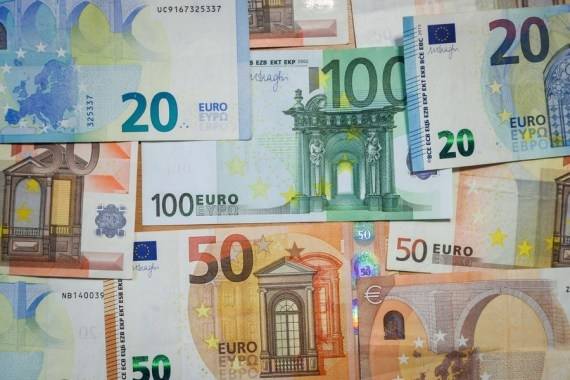High cost of ‘fuel and power’ due to the Russia-Ukraine war along with those of primary articles pushed up India’s March 2022 wholesale inflation to a 4-month high level.
Wholesale inflation rose to 14.5%, its second-highest value in at least 10 years, and the highest since November last, driven by fuel prices, and highlighting the tailwinds to inflation.
The latest WPI value, which is the second-highest in the current series (since April 2012), comes after retail inflation, as measured by the Consumer Price Index (CPI), surprised analysts to grow at 6.95% in March 2022.
Wholesale prices, as measured by the wholesale price index (WPI), hardened significantly between the months of February and March, according to the latest data released by the ministry of commerce and industry. At 14.5%, the annual growth in WPI in March was almost 1.5 percentage points higher than the 13.1% WPI number for February.
The highest WPI growth in the current series was recorded in the month of November 2021, when it grew at 14.9%.

With March being the last monthly value the for fiscal year 2021-22, annual wholesale inflation in 2021-22 came at 13%, the highest in the current series by a long distance. The second highest WPI growth was in 2012-13, when it grew at 6.9%. Annual growth in CPI in 2021-22 was much lower at 5.5%.
To be sure, the composition of CPI and WPI baskets is very different, both in terms of kind of commodities which are included in it and their weights. When seen against this backdrop, the surge in both CPI and WPI numbers in March suggests that inflationary tailwinds are broad-based in the Indian economy.
Unlike in the case of retail inflation, which was largely driven by a surge in food prices, fuel prices account for more than 25% of the growth in wholesale inflation in March. This reflects an increase in crude oil prices in the month of March. CPI, which tracks retail prices of fuel, actually saw a decline in its fuel sub-component of inflation in March, as the data did not factor in the full impact of hike in prices of petrol and diesel.
To be sure, the food sub-component of WPI increased from 8.47% in February to 8.71% in March . While vegetable price inflation actually saw a moderation between February and March — it came down from 19.7% to 15.5% — wheat price inflation, in keeping with the surge in international prices, has risen sharply to 14% in March.
That WPI growth across the three major sub-categories of primary goods (15.5%), fuel and power (34.5%) and manufactured goods (10.7%) was in double digits shows that price pressures are broad based in the economy. The latest WPI value comes on account of an already high base. WPI growth in the month of March 2021 was 7.9%.
“The WPI inflation recorded a broad-based and higher than expected increase to a four month high 14.6 per cent in March 2022, following the spike in commodity prices amidst the escalating Russia-Ukraine conflict,” said Aditi Nayar, Chief Economist, ICRA.
“The sequential dip in the food and beverages index in March 2022, and the associated decline in its inflation rate has provided some relief, after the sharp rise seen in the CPI food inflation last week.”

According to Suman Chowdhury, Chief Analytical Officer, Acuite Ratings & Research: “Clearly, the data reinforces the presence of stronger inflationary pressures in the manufacturing and the services sector.”
“With the sharp rise in crude oil prices and the breach of USD 100 pb consequent to the intensification of the Russia-Ukraine conflict from end Feb-22, there has been an acceleration in commodity prices and this is visible in both the sequential rise in primary commodities and fuel and power index of 2.1 per cent and 5.7 per cent respectively.”

